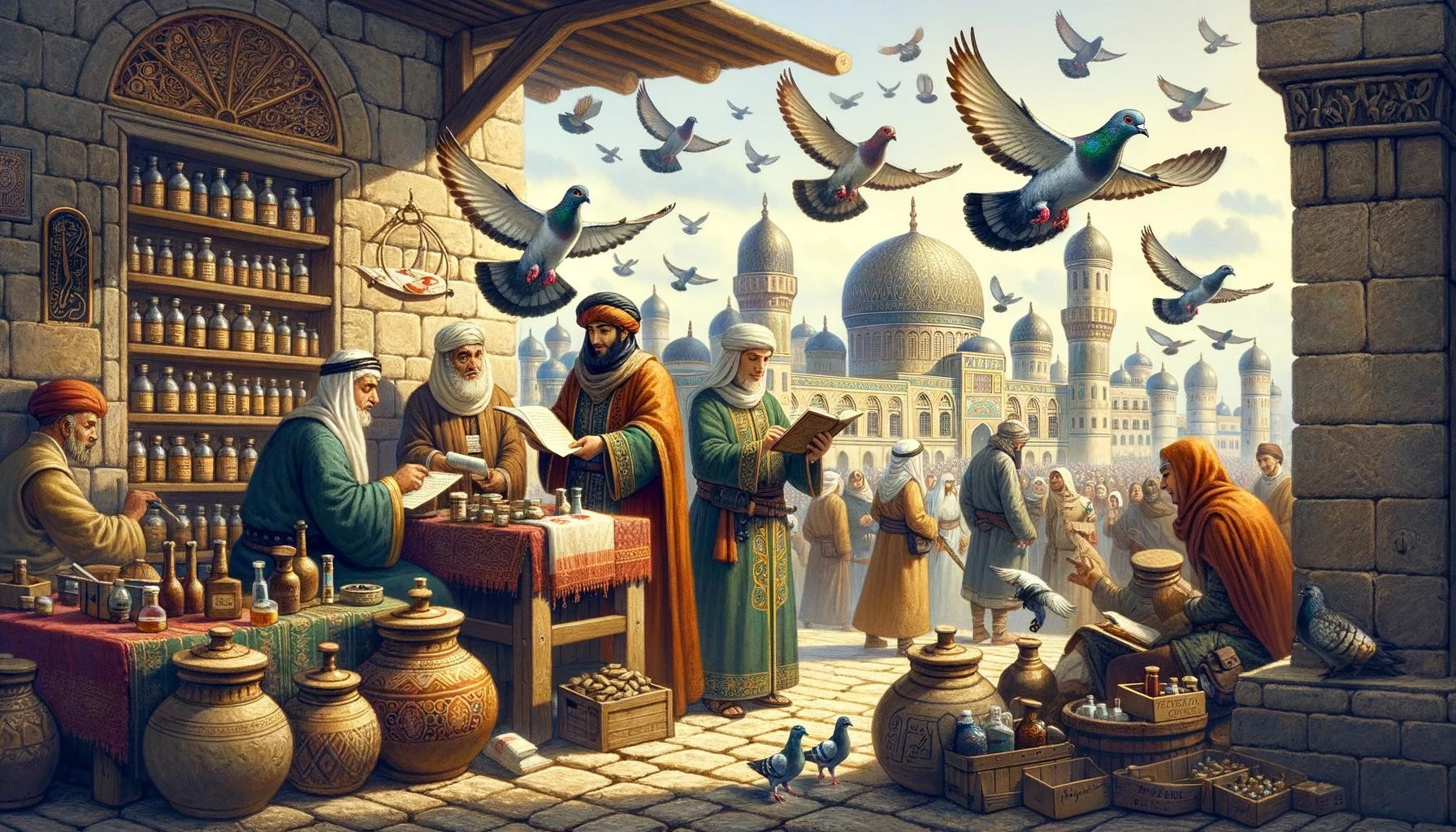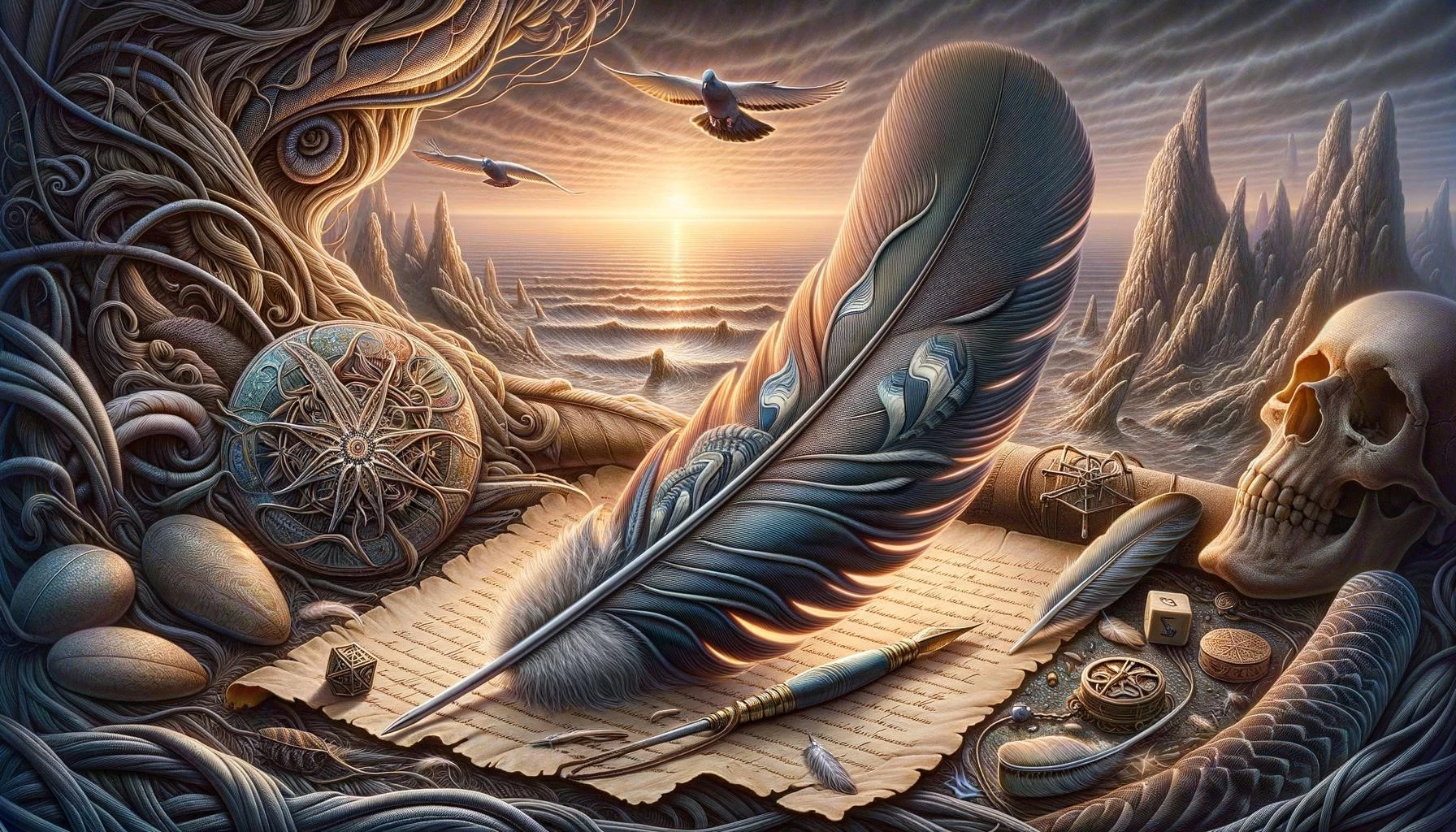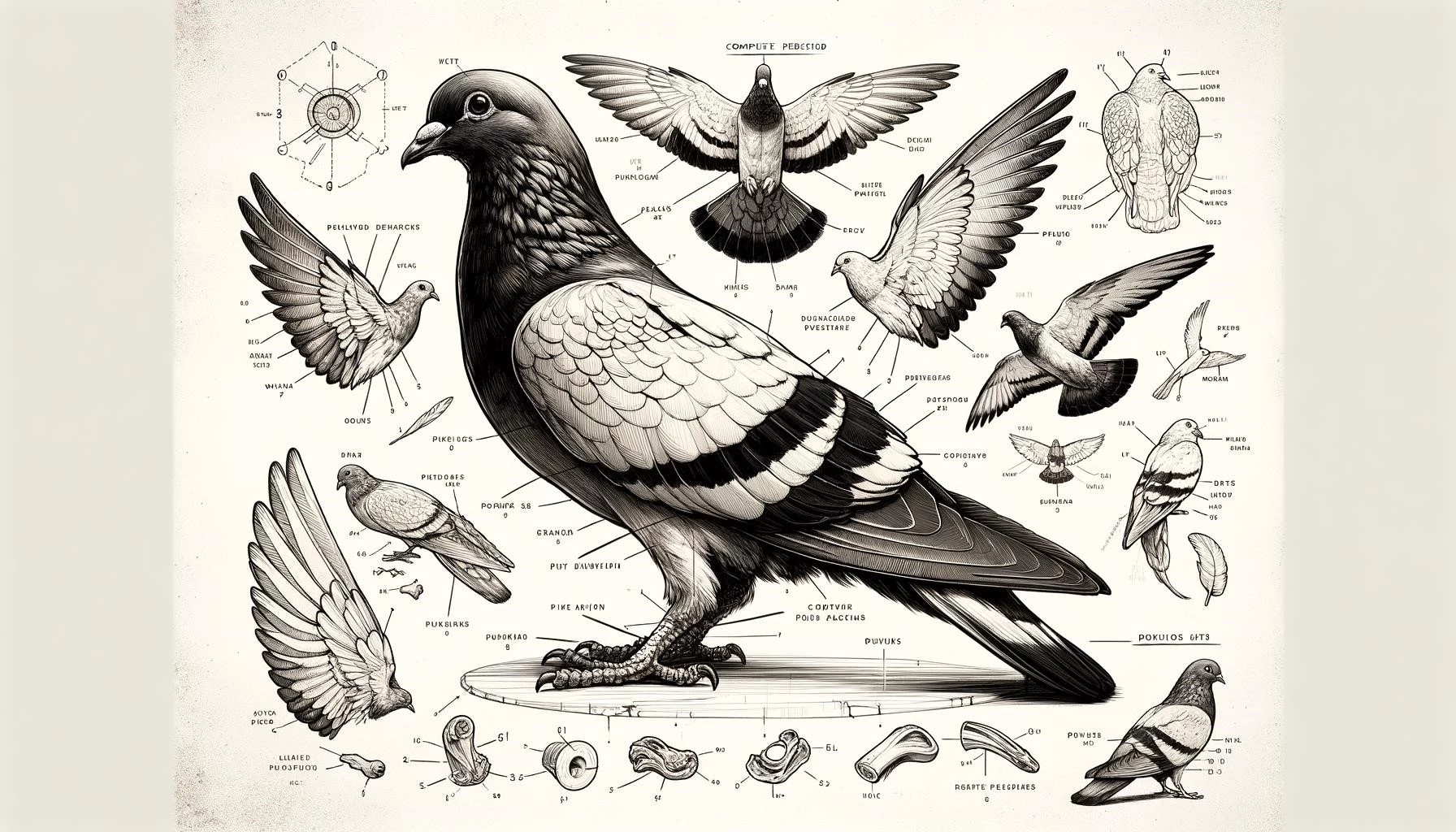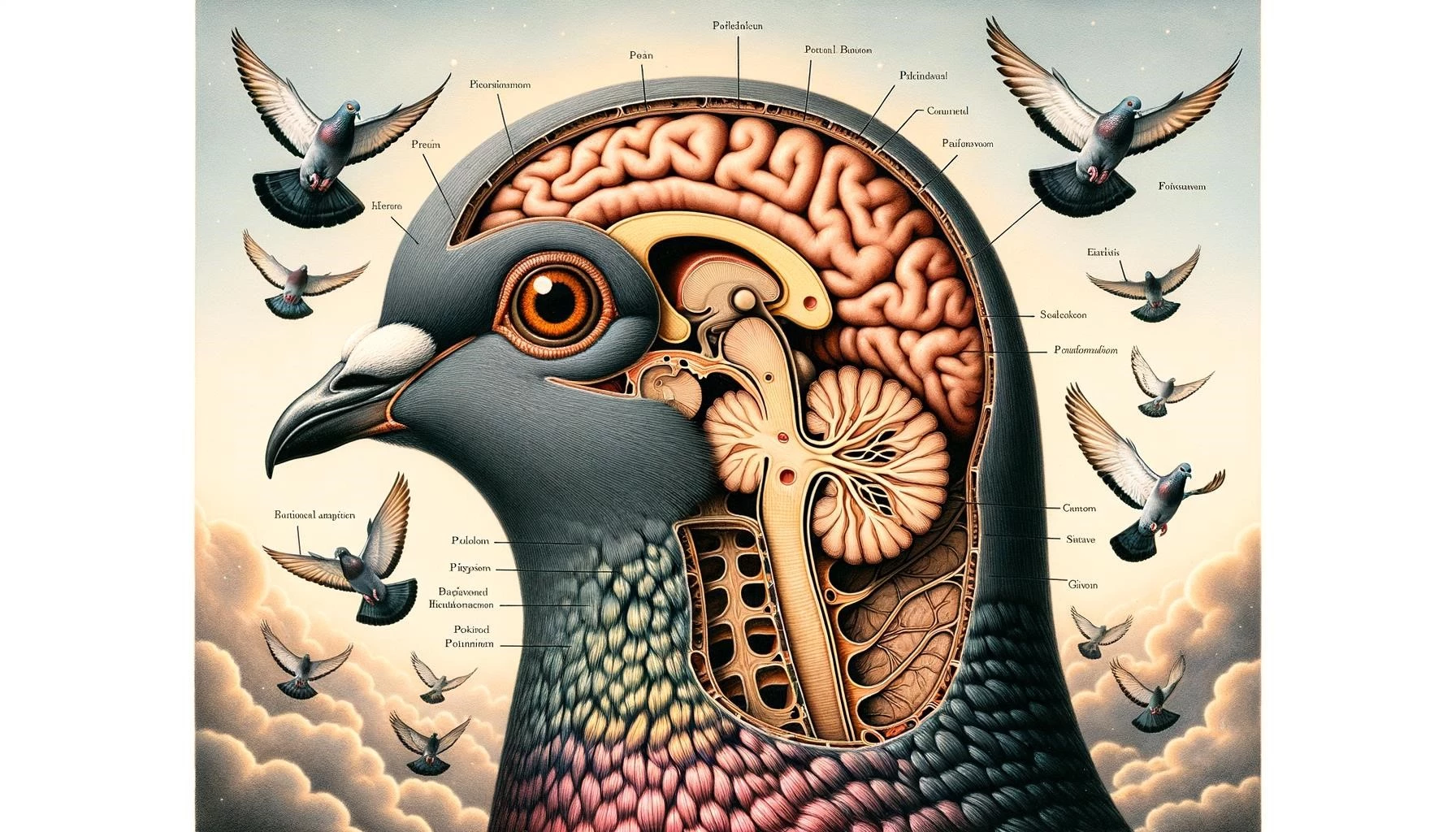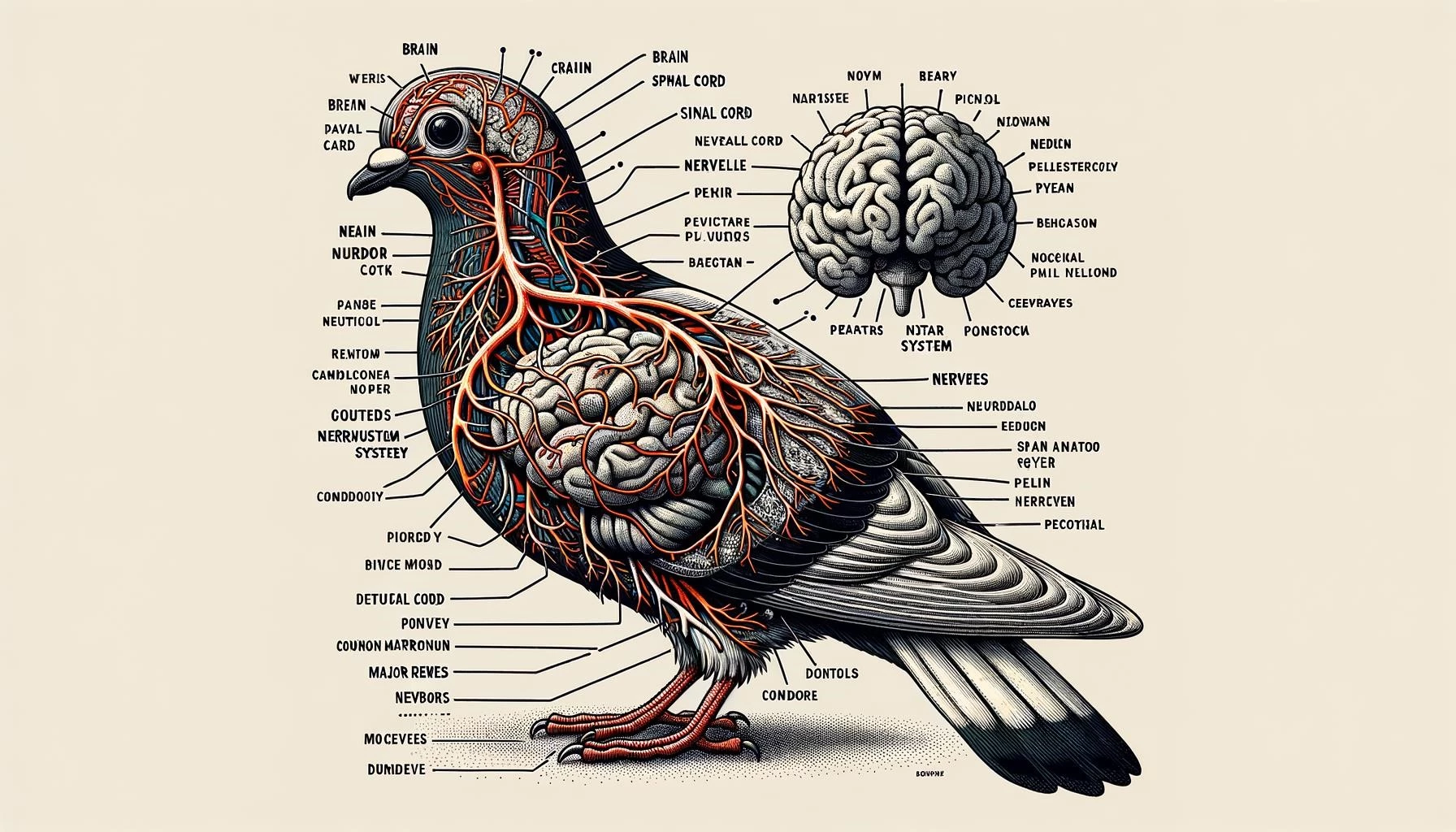Pigeon feathers have long been associated with various meanings and symbolism across cultures. From representing love and peace to wisdom and travel, these feathers hold a deep significance. In this article, we will delve into the world of pigeon feathers, exploring their different meanings, uses, and cultural interpretations.
Key Takeaways
- Pigeon feathers can symbolize love, peace, wisdom, and travel.
- Pigeon feathers are categorized into three types: contour feathers, down feathers, and filoplumes.
- The collection ″Pigeon Feathers and Other Stories″ by John Updike explores themes of faith and coming-of-age.
Pigeon feathers have been associated with various symbolic meanings throughout history. Here are some of the most common interpretations:
Love and Peace
Pigeons are often seen as symbols of love and peace. Their feathers, with their soft and gentle appearance, are believed to attract tender love and bring harmony into relationships. In many cultures, pigeons are associated with the spirit of love and are even used during wedding ceremonies to symbolize the unity and bond between a couple. Additionally, dove feathers, which are closely related to pigeon feathers, are widely recognized as a symbol of peace.
Wisdom and Knowledge
Owl feathers are often mistaken for pigeon feathers due to their similar appearance. However, owl feathers are associated with wisdom and knowledge. They symbolize the ability to see through darkness, navigate through challenges, and gain deeper insights. Pigeon feathers, on the other hand, may be seen as a reminder of the importance of seeking wisdom and knowledge in life.
Travel and Freedom
Pigeons are known for their homing instinct, which allows them to find their way back home even when released at a distant location. This instinct is associated with the ability to travel and explore new horizons. Pigeon feathers are seen as a symbol of freedom and the desire to explore the world. They can serve as a reminder to embrace new experiences, seek adventure, and break free from limitations.
The Different Types of Pigeon Feathers
Pigeon feathers can be categorized into three main types:
Contour Feathers
Contour feathers are the most common type of feathers found on pigeons. They cover the surface of the body, providing insulation and protection. The quill feathers, such as the retrices on the tail and the remiges on the wings, are examples of contour feathers. These feathers give pigeons their characteristic shape and help them fly with precision and control.
Down Feathers
Down feathers are soft and fluffy, providing insulation to keep the bird warm. They are found close to the skin and are responsible for regulating the pigeon’s body temperature. These feathers are often used by pigeons to line their nests and protect their eggs or newly hatched chicks.
Filoplumes
Filoplumes are small, hair-like feathers that are less visible and play a different role compared to contour and down feathers. They have a sensory function and are believed to provide feedback about the position and movement of the surrounding feathers.
Pigeon Feathers in Literature: ″Pigeon Feathers and Other Stories″ by John Updike
″Pigeon Feathers and Other Stories″ is a collection of short stories by John Updike. The title story, ″Pigeon Feathers,″ is a coming-of-age tale that explores themes of faith and the crisis of belief. The story follows a young boy named David and his struggle to reconcile his religious upbringing with his questioning of faith.
The story takes a close look at the existential crisis faced by David when he discovers the deceased pigeon feathers among the pages of an old book. This seemingly insignificant event triggers a deep sense of loneliness and prompts David to question the religious foundations that he had held so strongly. ″Pigeon Feathers″ delves into the complex issues of faith, doubt, and the search for meaning in a young person’s life.
John Updike’s collection of stories in ″Pigeon Feathers and Other Stories″ explores various aspects of the human condition, showcasing his exceptional storytelling skills and profound understanding of human nature.
Conclusion
Pigeon feathers hold diverse meanings and symbolisms across different cultures. Whether representing love, peace, wisdom, or travel, these feathers have captured the imagination of people throughout history. The collection ″Pigeon Feathers and Other Stories″ by John Updike further explores the complexities of faith and coming-of-age, providing a thought-provoking journey for readers.

